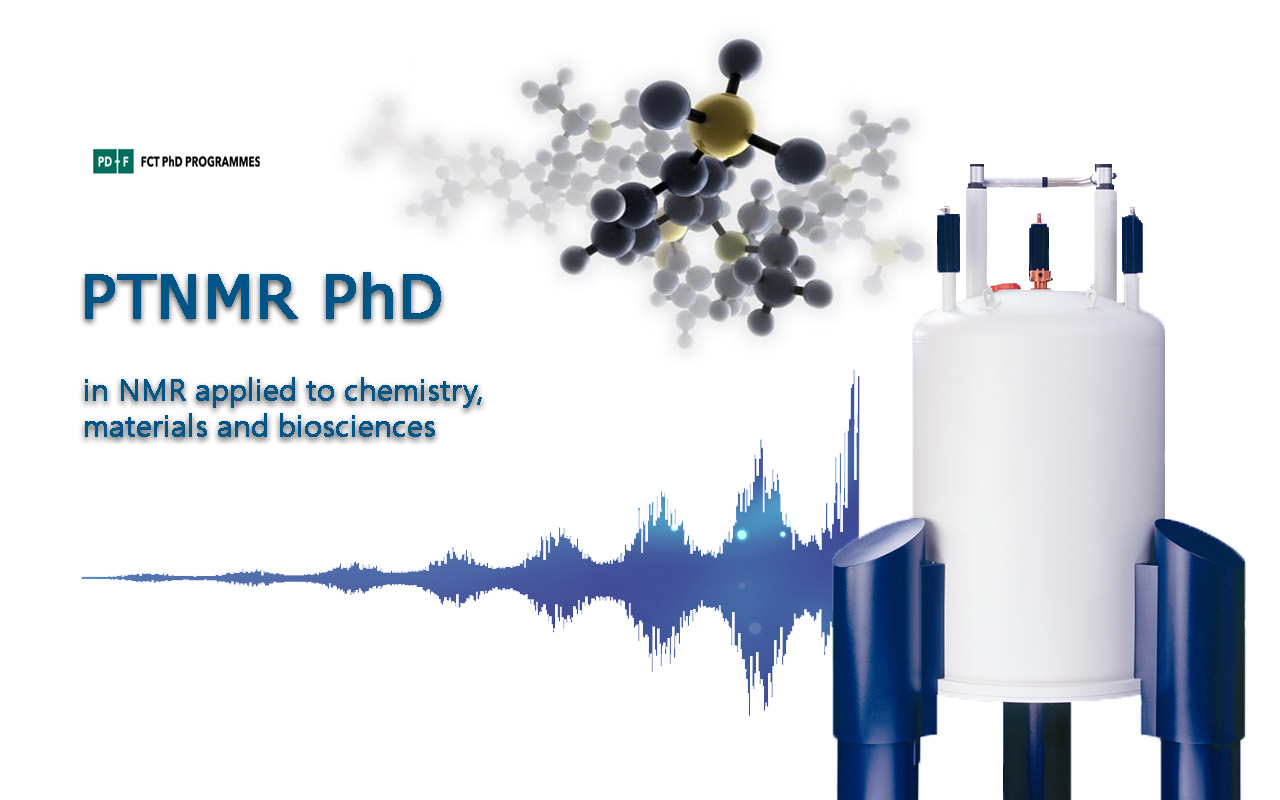Additional Research Project 4 (2019) - Details
Title: Fe/S Cluster Biosynthesis System
Iron-Sulfur (Fe-S) proteins are key players in a wide range of important biological processes, such as gene expression, DNA repair, RNA modification, metabolism and respiration. Biogenesis of Fe-S cluster requires complex multiproteic machineries. In prokaryotes, three Fe-S cluster biogenesis pathways have been identified so far: ISC, SUF and NIF. Each of these three pathways requires three main steps: i) the acquisition of iron atom from an undiscovered donor and sulfur atom from cysteine by a cysteine desulfurase, ii) the assembly of the Fe-S cluster on a scaffold protein and iii) the Fe-S cluster delivery to apo-target proteins. Fe-S clusters assembled by one of these machineries can be transferred directly from the scaffold to the apo-proteins or to carrier proteins that subsequently traffic the cluster to the apo-protein and donate their cluster to the client protein.
In Eukaryotes, Fe-S clusters are also synthesized by dedicated biogenesis pathways in the plastids, mitochondria and cytosol. Plastids contain the SUF pathway, mitochondria the ISC pathway and cytosol with nucleus include another set of nine components known as the CIA pathway for Cytosolic Iron-sulphur protein Assembly. This novel prokaryotic system is a paralogue of the CIA pathway, which is implied in a series of diseases.
The project will focus on the characterization of the Fe-S binding and transfer (protein-protein interactions) using different biophysical and spectroscopic techniques, including structural elucidation by NMR. NMR will also be used to characterize the protein-protein interaction in this network of proteins and protein targets.

